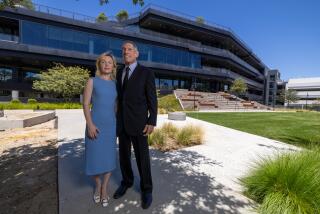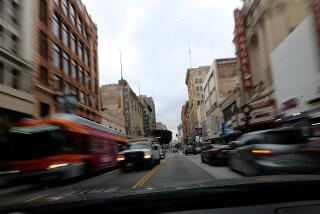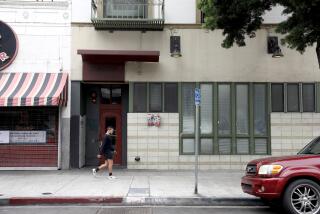Wayne Ratkovich, developer who saved some of L.A.’s best-known architectural gems, dies at 82.
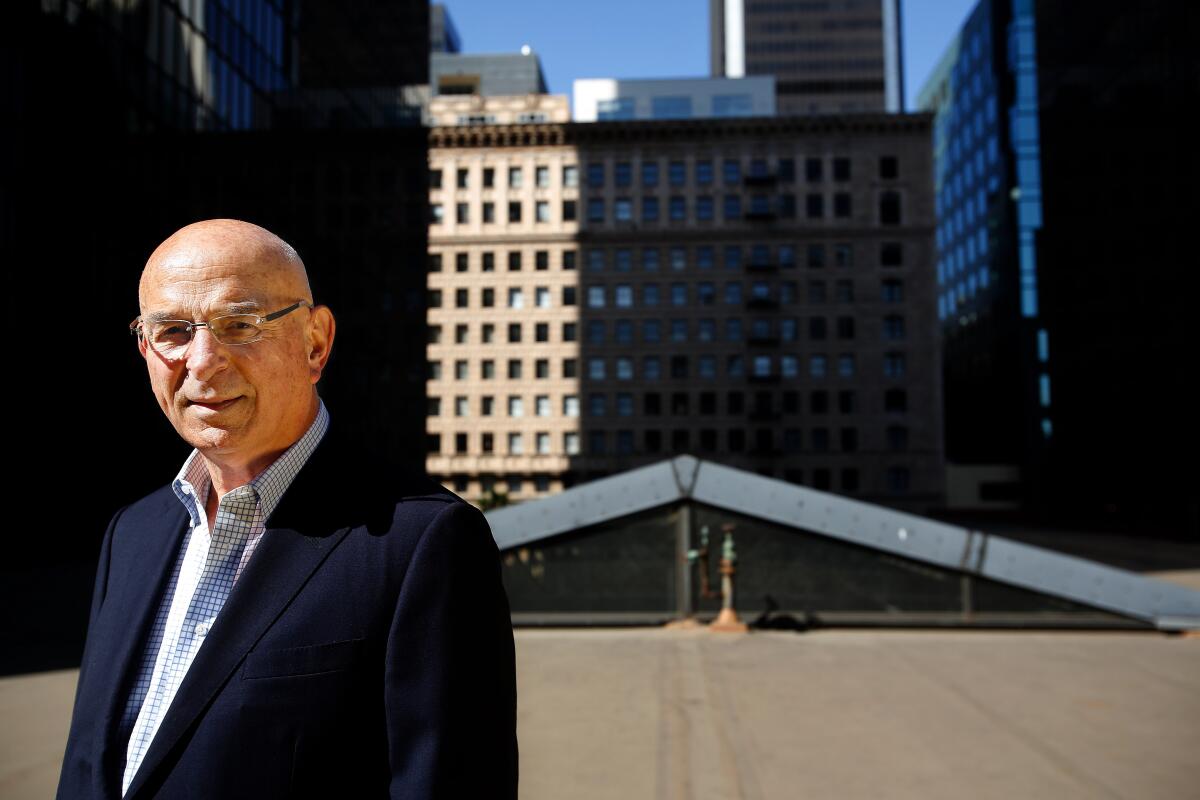
Real estate developer Wayne Ratkovich, who saved the Art Deco-style Wiltern theater and several other aging landmarks from the wrecking ball while changing attitudes about Los Angeles’ historic structures, has died at 82.
He died Sunday at Cedars-Sinai Medical Center in Los Angeles of complications from an aortic aneurysm, his family said.
Ratkovich renovated some of the city’s best-known architectural gems that had fallen on hard times in an era when ever-evolving L.A. wasn’t much interested in preserving buildings that had grown old and were considered obsolete. Structures from the late 19th and early 20th centuries were routinely razed, including the 1929 Richfield Building downtown that was widely considered an Art Deco masterpiece.
In the mid-1980s, “developers and preservationists were almost at war with each other, developers claiming property rights and preservationists saying, ‘This is the heart of our city,’” Ratkovich told The Times in an interview.
Early in his career after buying and restoring glamour to the Oviatt Building, a former fancy men’s clothing store and office tower from the 1920s containing literally tons of Lalique glass and other artistic flourishes, Ratkovich garnered a reputation as a developer who could bring faded stars back to the fore.
Among them were the elaborately decorated Fine Arts Building downtown and a cluster of buildings in Playa Vista that were once the base of Howard Hughes’ aviation empire, including the hangar where Hughes built his infamous Spruce Goose airplane.
Many of his makeovers were financially successful, but others didn’t pay off for him.
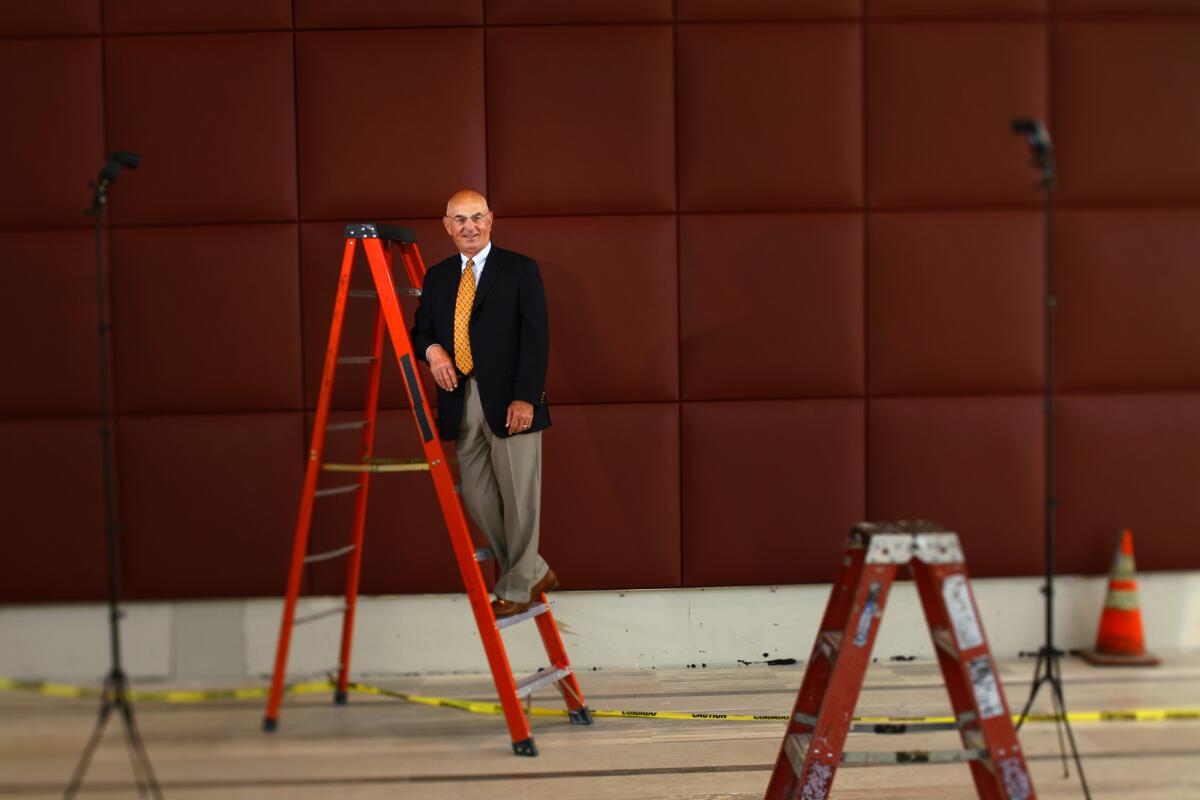
“Development is like oil wildcatting or farming,” he once told The Times. “There are some good years and some that aren’t so good.”
Ratkovich, who played football at UCLA, was willing to tackle real estate projects other developers considered worthy but avoided because they looked financially risky and miserably hard to complete, competitor Dan Rosenfeld said.
Among them were the Bloc, a shopping, hotel and office complex in L.A. that fills a downtown city block. Ratkovich turned the 1970s-era indoor mall into an outdoor center in an uphill struggle. Unexpected construction issues slowed work and helped drive costs well over the original $180-million budget to more than $250 million before Ratkovich’s company sold its interest in the project in 2018. It is now filled with stores, restaurants and a movie theater.
“That was one of the very toughest projects in Los Angeles,” Rosenfeld said. “Wayne took on the most difficult and the most worthwhile challenges on the urban landscape.”
Ratkovich’s 2010 investment in the decrepit former Howard Hughes campus when the Playa Vista mixed-use community was being created near Marina del Rey was a high-profile financial success, as was his redevelopment of the 45-acre former campus of C.F. Braun Engineering in Alhambra into an office and retail complex.
At the time of his death, Ratkovich and his partners had been working on another challenging high-profile project — West Harbor, a long-anticipated waterfront attraction in San Pedro that faced years of regulatory and financial hurdles.
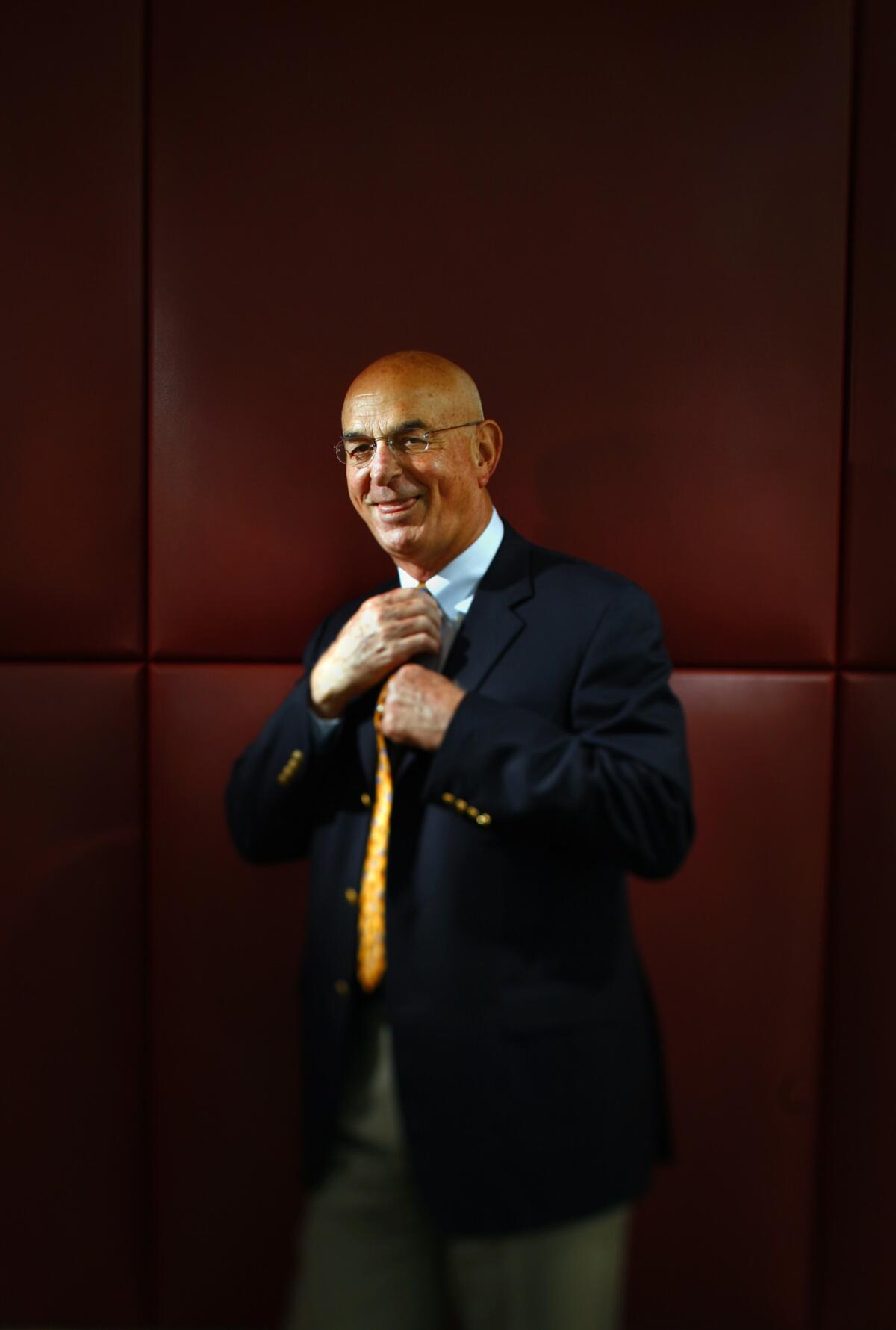
West Harbor had been in the works for more than a decade, when port officials selected Los Angeles developers Ratkovich Co. and Jerico Development Inc. to redevelop the 42-acre site of Ports O’ Call. The kitschy imitation of a New England fishing village built in the 1960s fell out of favor years ago and was razed in 2018.
The $155-million first phase of West Harbor, now under construction, will have bars, shops and restaurants such as Yamashiro, the second branch of a Japanese-themed Hollywood destination for locals and tourists. Plans include a proposed amphitheater being developed with music and theater impresario Nederlander Organization.
Explore the latest prices for homes and rentals in and around Los Angeles.
Other Ratkovich makeovers of historic structures include the 1920s vintage drive-in Chapman Market in Koreatown and 5900 Wilshire, a sleek 30-story office tower completed in 1969 across Wilshire Boulevard from the Los Angeles County Museum of Art.
Ratkovich was born on May 29, 1941, in Los Angeles, the youngest of six children born to immigrants from Serbia. By the time he was 10, his father had saved enough money to buy five acres of land in Hacienda Heights, moving the family to a farm where they grew lemons and avocados and raised chickens. His father later bought a four-unit apartment complex and moved the family into it. Seeing the properties grow in value after his father’s work and sacrifice made investing in land “the through line” of his career, Ratkovich said.
Upon graduating from UCLA in 1963, Ratkovich took a job as a real estate broker. He then spent five years as an industrial real estate developer before an offer to buy the 12-story Oviatt Building came across his desk in 1977. The building, owned by the Archdiocese of Los Angeles, was priced cheaply on the assumption that the new owner would want to demolish the structure and operate the property more profitably as a parking lot.
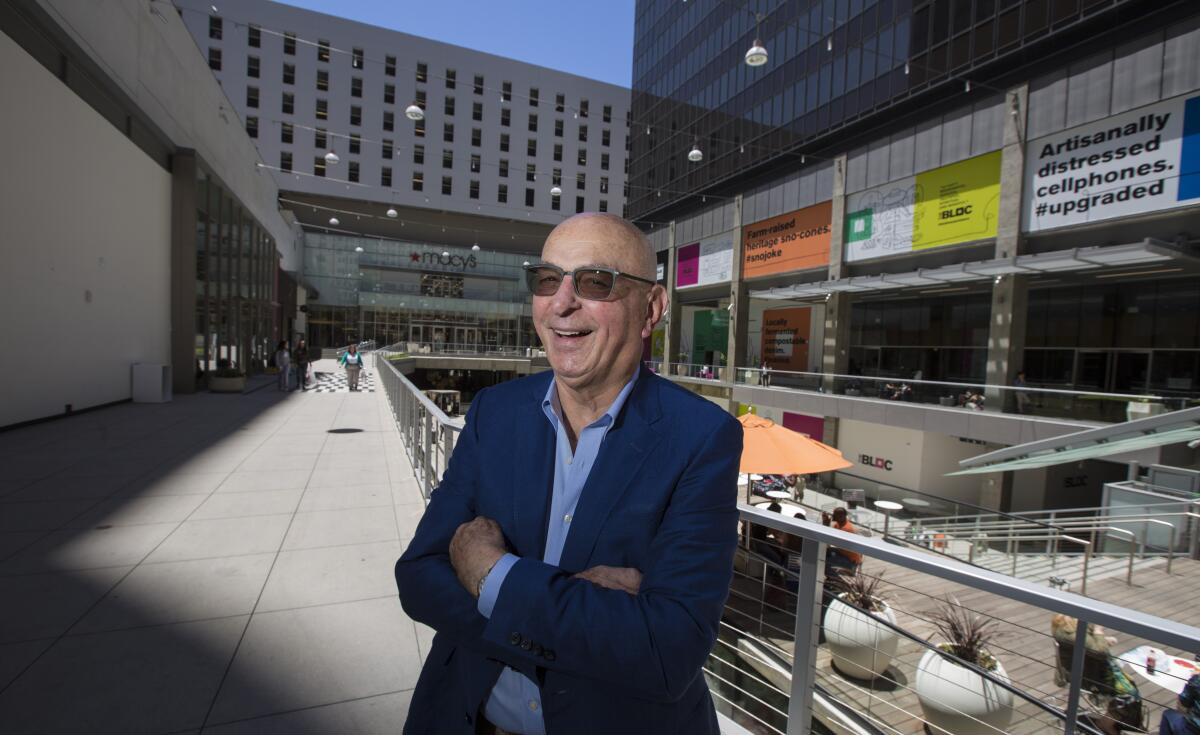
Ratkovich determined that the building could be profitably renovated and chose to embrace the city’s designation of the building as a historic-cultural landmark instead of fighting it. The renovated Oviatt proved attractive to tenants including a fancy eatery in the former haberdashery on the ground floor that is now the Cicada Restaurant and Lounge.
He purchased the building for $450,000 and spent about $5 million to restore it before selling it for $13.5 million.
“The experience with the Oviatt changed forever my role as a developer,” Ratkovich said in 2020. “I no longer had interest in factories and warehouses. I realized that my little company could make a positive difference in the city, and it was something I wanted to continue to do.”
Among Ratkovich’s volunteer service was a position on the board of directors of Homeboy Industries, a gang rehabilitation program founded by Father Gregory Boyle.
“We were lucky to have him as a board member who rolled up his sleeves and helped us implement the physical expansion of Homeboy across Los Angeles,” Boyle said.
Ratkovich is survived by his wife, JoAnn, son, Milan, and daughters Anna and Lindsay.
More to Read
Sign up for Essential California
The most important California stories and recommendations in your inbox every morning.
You may occasionally receive promotional content from the Los Angeles Times.

